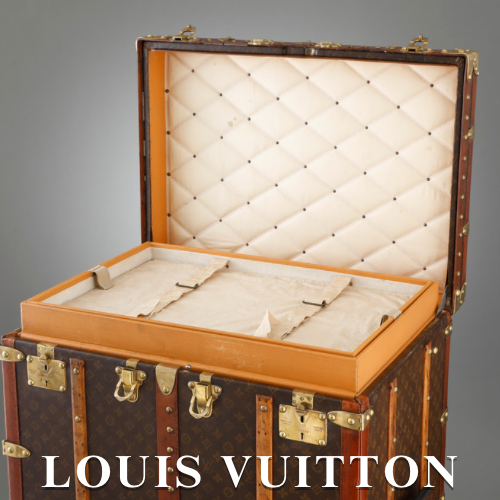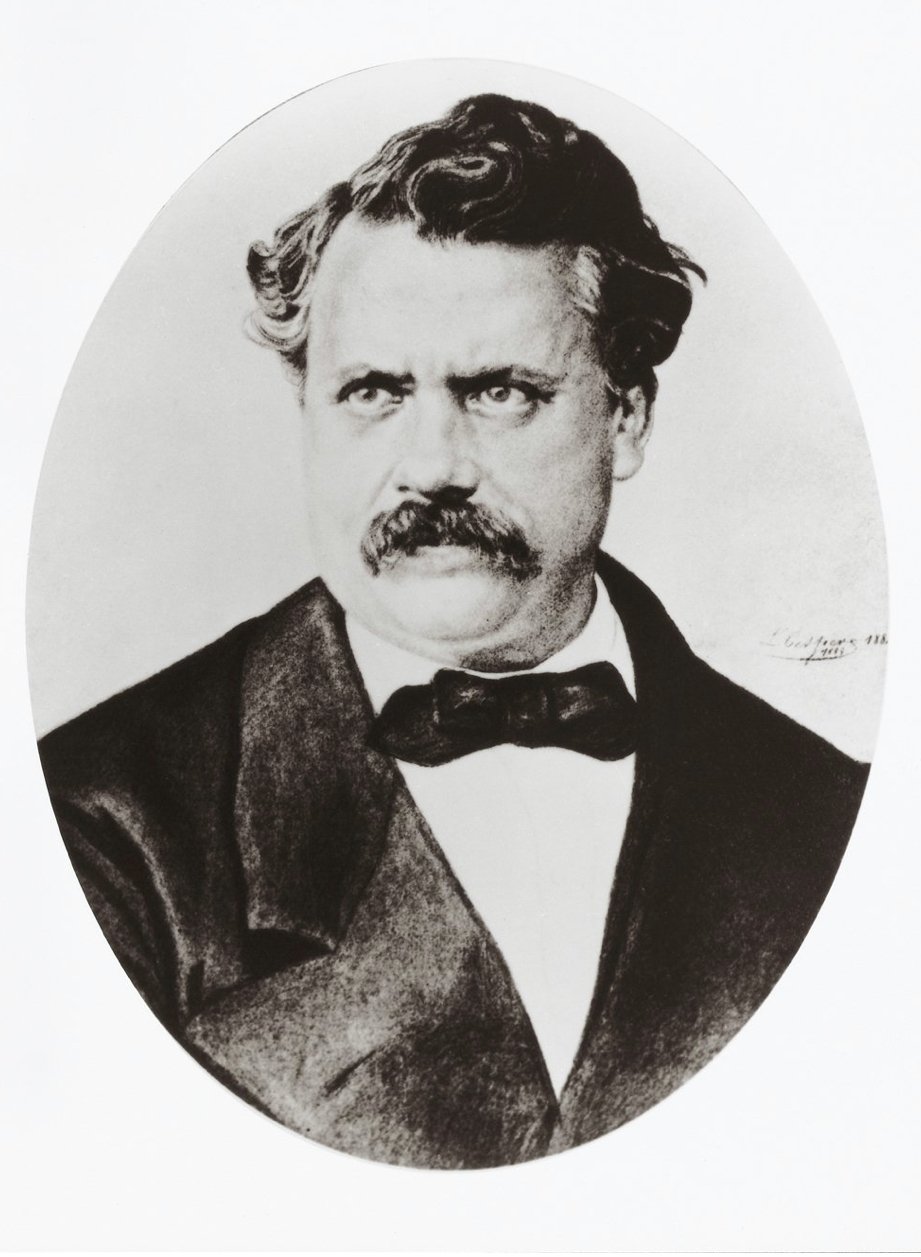The Evolution Of Louis Vuitton Trunks
What we know today as the powerhouse that is the Louis Vuitton brand was once started by humble beginnings, and it may have been established earlier than most people think; In 1837, Vuitton arrived to Paris in midst of the Industrial Revolution from his natal town of Jura, France, having travelled approximately 292 miles by foot. There, he began an apprenticeship under Monsieur Marechal, an established trunk-master. This decision would change the course of fashion history forever.
But before we get ahead of ourselves, let’s start at the beginning, with Louis Vuitton’s first creation: the trunk. In this blog post, I would like for us to explore the evolution of Louis Vuitton Trunks, and how they shaped what is today the luxury fashion brand.
The first item that Louis Vuitton ever produced, way before all of the luxury handbags, was a trunk with a flat top and bottom and a gray Trianon canvas. This trunk was particularly impactful as it was the first trunk ever to have a rectangular shape, as opposed to the rounded top trunks that were used at the time. This shape would make the trunk more easily stackable and transported, and it revolutionized the way that trunks were produced. This type of trunk was produced between 1858 and 1876.
In 1872, Vuitton replaced the Trianon canvas with a red and white striped canvas in order to have his trunks stand out and be easily attributed to his brand. In 1876, he began using a beige and brown striped canvas. This type of canvas was known as “ rayée?, which means “striped? in French. The Rayée canvas was used until 1888.
In 1886, Georges Vuitton, Louis’ son, revolutionized luggage locks with the “tumbler lock?, a single lock system with two spring buckles. This lock was considered to be so safe that Georges challenged renowned escape artist Harry Houdini to escape from a Vuitton box and lock. Houdini declined.
Our beloved Damier canvas came about in 1888, in an attempt to further distinguish the Louis Vuitton brand and avoid imitation. The antique LV Damier canvas came in two different color schemes: the more well known light and dark brown checker pattern, and the more rare red and white checker pattern. Vuitton began placing his trademark “Marque L. Vuitton Déposée inside his trunks.
Upon Louis Vuitton’s passing, the company was passed on to his son, Georges. Georges had a vision for his father’s brand; he wanted to expand it in size and prestige, and so he did. Under his leadership, the brand grew into a worldwide luxury corporation. In 1896, Georges introduced the signature LV Monogram canvas. The flower and quatrefoil depicted on the pattern were a direct result of the popularity of Oriental design of the late Victorian Era. The monogram canvas would become the most dominant canvas ever produced by the company.
At the turn of the century, the Louis Vuitton company came up with yet another iconic look for their trunks: the Vuittonite canvas. This canvas is distinguished by its pattern-less and often colorful look. These trunks were usually yellow, orange, brown, or black, but there were also instances of different colors being commissioned. An example is the famous red Vuittonite trunk, which was used by a 20th century philanthropist to carry his photography equipment in his journey to India in order to capture the juxtaposed daily lives of both the maharajas and the common people.
From the late 19th century to now, Louis Vuitton has always been mainly renowned for its exquisite leather work. Although Louis Vuitton still produces and sells retro-style trunks, in the present, LV shifted its focus towards its high end hand bags and other accessories, all adorned with the iconic LV monogram. The brand’s growth and fame has allowed it to experiment with a variety of materials throughout its course, with exotic leathers such as alligator leather, elephant leather, walrus leather, snake leather, and seal leather being used. Because Louis Vuitton as a corporation always prioritized its quality, the most antique LV trunks can still be found in excellent conditions, with the state of their leather still being comparable to todays productions. For this reason, antique Louis Vuitton trunks are highly coveted today.



